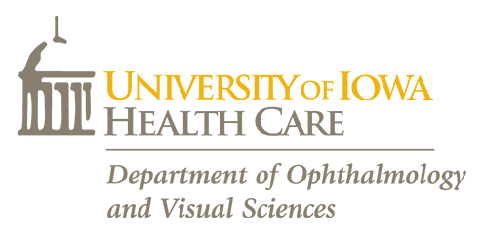PURPOSE:
The method of correcting aphakia after unilateral cataract extraction during infancy is controversial. Some authorities advocate correction with an intraocular lens (IOL) whereas others advocate correction with a contact lens (CL). We compared grating visual acuity, alignment, and reoperative outcomes in age-matched children treated with these 2 modalities at 5 clinical centers.
METHODS:
Twenty-five infants born in 1997 or 1998 with a dense unilateral congenital cataract who had cataract surgery coupled with (IOL group, n = 12) or without (CL group, n = 13) primary IOL implantation were enrolled in this study. All patients were prescribed half-time occlusion therapy. In July 1999, their grating visual acuities, ocular alignments, and reoperation rates were assessed.
RESULTS:
The mean grating visual acuity (LogMAR) for the affected eye was 0.70 +/- 0.32 for the IOL group and 0.87 +/- 0.31 for the CL group (P =.19). The mean interocular difference in grating visual acuity was 0.26 +/- 0.30 for the IOL group and 0.50 +/- 0.28 for the CL group (P =.048). The incidence of strabismus (>10 PD) was 75% in the IOL group compared with 92% in the CL group (P =.24). The incidence of reoperations was 83% in the IOL group compared with 23% in the CL group (P =.003).
CONCLUSIONS:
Our preliminary data suggest that correcting aphakia after unilateral congenital cataract surgery with primary IOL implantation results in an improved visual outcome but a higher rate of complications requiring reoperation. A randomized clinical trial, the Infant Aphakia Treatment Study, is planned to further study the optimal treatment for aphakia following unilateral cataract extraction during infancy.
A comparison of grating visual acuity, strabismus, and reoperation outcomes among children with aphakia and pseudophakia after unilateral cataract surgery during the first six months of life.
Journal:
Journal of AAPOS
Additional Information:
2001 Apr;5(2):70-5.
Publication Date:
Apr 1 2001
Pubmed ID:

